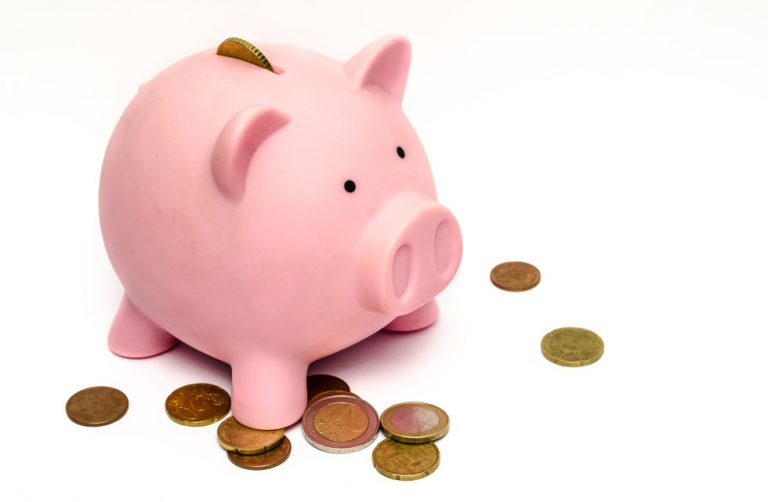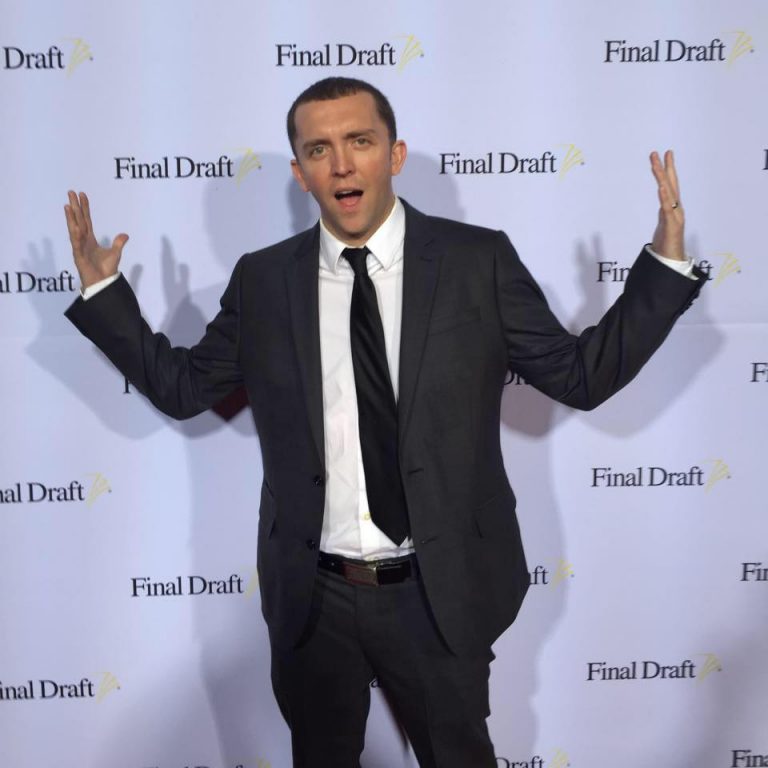interview: Nick Keetch, Sundance Episodic Story Lab
I met Nick through my writing group friends, and we met in person at the Austin Film Fest. I was really happy for him when he got accepted into the Sundance Episodic Story Lab, and…

I met Nick through my writing group friends, and we met in person at the Austin Film Fest. I was really happy for him when he got accepted into the Sundance Episodic Story Lab, and…

This isn’t writing related at all, but I think it’s super important to learn how to manage your finances. It’s an essential life skill that will have a huge impact…

I had another wonderful time at the Austin Film Festival. It was 4 days full of panels, roundtables, parties, meeting other writers, hanging out at the bar at the Driskill…
(this post is outdated. the current 2016 notifications are here.) I didn’t apply to any fellowships this year, but here’s my annual writing program post. If you hear of any updates,…
It’s almost that time of year when contests and fellowships start contacting people who made it to the next round. I did an interview with a reader from one of…
The year is already half over! Here were my goals at the start of the year. 1. Get an agent. YES! Finally. 2. Get staffed on a show. NOT YET. I…

I met Meghan at a mixer, and then we ended up in the same writers group for a couple years! Alex already did a great interview with her on his blog,…
While I’m taking meetings and waiting to see what happens with staffing, I started writing a new pilot. The last pilot I wrote was a family sitcom, so I wanted…

I met Ty when we were in the same writing group, along with Beau and a few others. He’s placed in a bunch of stuff, and then he won Final Draft, which made…
You must be logged in to post a comment.